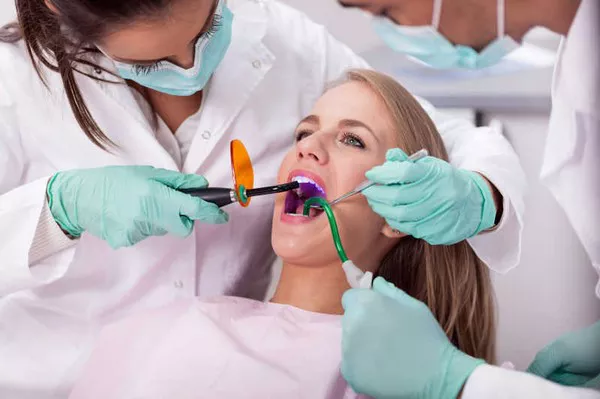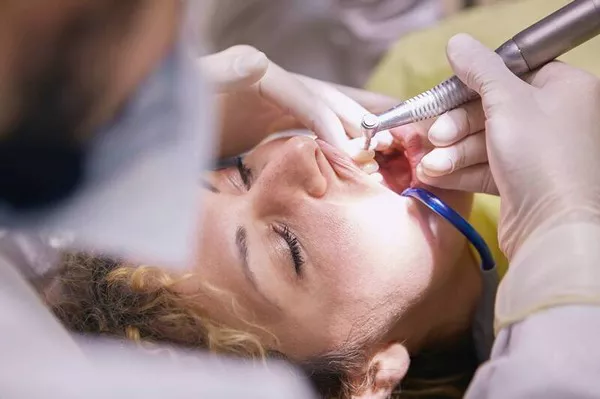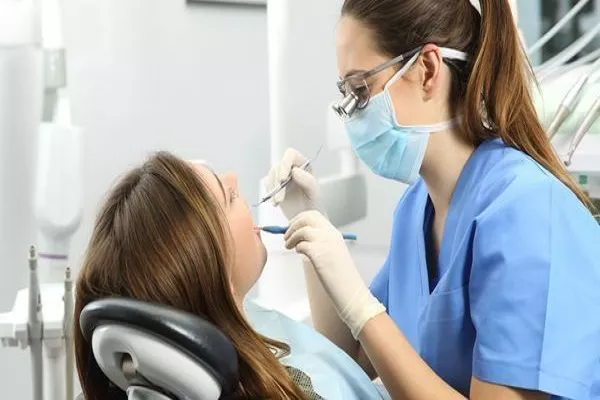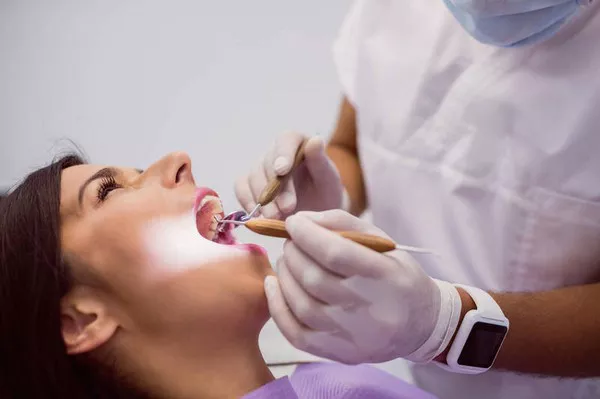The recovery period following wisdom teeth removal is a crucial phase that requires careful consideration of various factors, including sleep. Choosing the right sleeping position can significantly impact comfort and contribute to a smoother healing process. In this comprehensive article, we will explore the optimal sleeping positions after wisdom teeth removal, providing detailed insights and practical tips to enhance restful sleep during recovery.
1. Elevated Head Position: Minimizing Swelling and Discomfort
One of the key considerations for a comfortable sleep after wisdom teeth removal is maintaining an elevated head position:
a. Using Extra Pillows
Place one or two additional pillows under your head to keep it slightly elevated while sleeping. This position helps minimize swelling by preventing fluid accumulation around the surgical sites.
b. Consistent Elevation
Maintain a consistent head elevation throughout the night. This not only aids in reducing swelling but also promotes better blood circulation and overall comfort.
2. Back Sleeping: A Neutral and Supported Position
Sleeping on your back is often recommended for individuals recovering from wisdom teeth removal:
a. Neutral Spine Alignment
Back sleeping allows for a more neutral alignment of the spine, reducing strain on the jaw and surgical sites. This position minimizes the risk of unintended pressure on the extraction areas.
b. Use of Neck Support
Consider using a supportive pillow for your neck to maintain proper spinal alignment. This added support contributes to a more comfortable and restful sleep.
3. Avoiding Pressure on Surgical Sites: Side Sleeping Tips
For those who prefer side sleeping, certain adjustments can help avoid putting pressure on the surgical sites:
a. Use of Supportive Pillows
Place a pillow between your knees to alleviate pressure on the jaw and surgical areas. This helps maintain a comfortable position without causing strain.
b. Avoiding Direct Contact
Ensure that the side of your face with the surgical sites does not come into direct contact with the pillow. This precaution prevents unnecessary pressure on the extraction areas.
4. Choosing the Right Pillow: Tailoring Support to Your Needs
The choice of pillow plays a crucial role in ensuring comfort and support during sleep:
a. Selecting a Contour Pillow
Consider using a contour pillow designed to support the natural curves of the head and neck. This type of pillow provides optimal support and helps maintain proper alignment.
b. Avoiding Overly Thick Pillows
While additional pillows for head elevation are beneficial, avoid using overly thick pillows that may strain the neck. Opt for a balance that supports comfort and alignment.
5. Stay Mindful of Surgical Sites: Gentle Movements
Regardless of the chosen sleeping position, it’s essential to stay mindful of the surgical sites:
a. Avoiding Abrupt Movements
Practice gentle movements when getting in and out of bed to prevent sudden jolts or strain. This minimizes the risk of inadvertently putting pressure on the surgical areas.
b. Paying Attention to Comfort
If you experience discomfort in a particular sleeping position, listen to your body and make adjustments. Experiment with different positions to find what works best for you.
6. Pacing Your Sleep: Short Naps and Adequate Rest
Managing sleep duration and incorporating short naps can contribute to overall well-being during recovery:
a. Short, Restorative Naps
If needed, take short and restorative naps during the day to supplement nighttime sleep. This approach helps prevent exhaustion and supports the body’s healing process.
b. Prioritizing Adequate Rest
While it’s essential to maintain good sleep hygiene, prioritize overall rest and relaxation. Adequate rest supports the body’s recovery mechanisms and enhances the healing process.
Conclusion
In conclusion, choosing the right sleeping position after wisdom teeth removal is crucial for a comfortable and smooth recovery. Elevating the head, whether through extra pillows or back sleeping, helps minimize swelling and discomfort. Side sleepers can make adjustments with supportive pillows to avoid pressure on surgical sites. The choice of the right pillow, mindful movements, and pacing sleep contribute to a restful recovery period. Ultimately, individual comfort and well-being should guide the selection of the most suitable sleeping position. As with any post-operative care, it’s essential to follow the specific instructions provided by your dentist and consult with them if you have any concerns. By incorporating these tips into your sleep routine, you can actively contribute to a more comfortable and effective healing process after wisdom teeth removal.
What Helps With Swelling After Wisdom Teeth Removal
What Helps Pain After Wisdom Teeth Removal
What Can I Eat 24 Hours After Wisdom Teeth Removal































